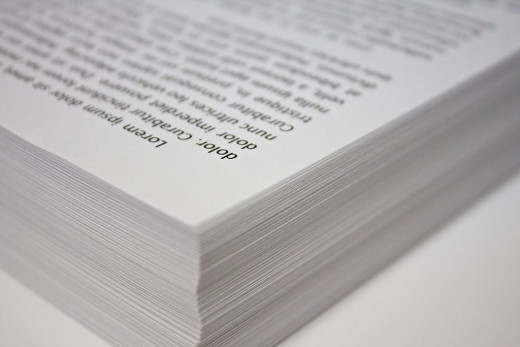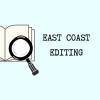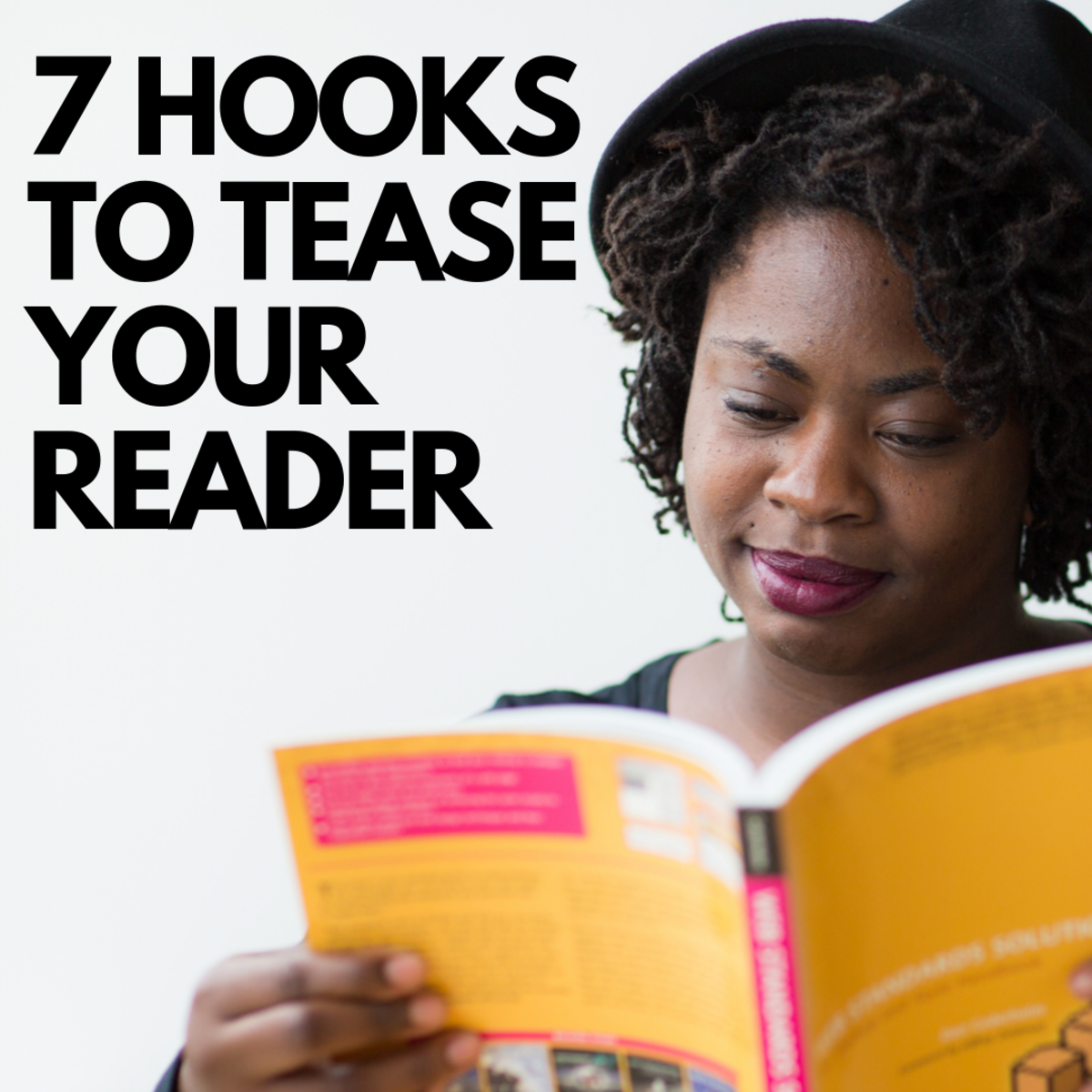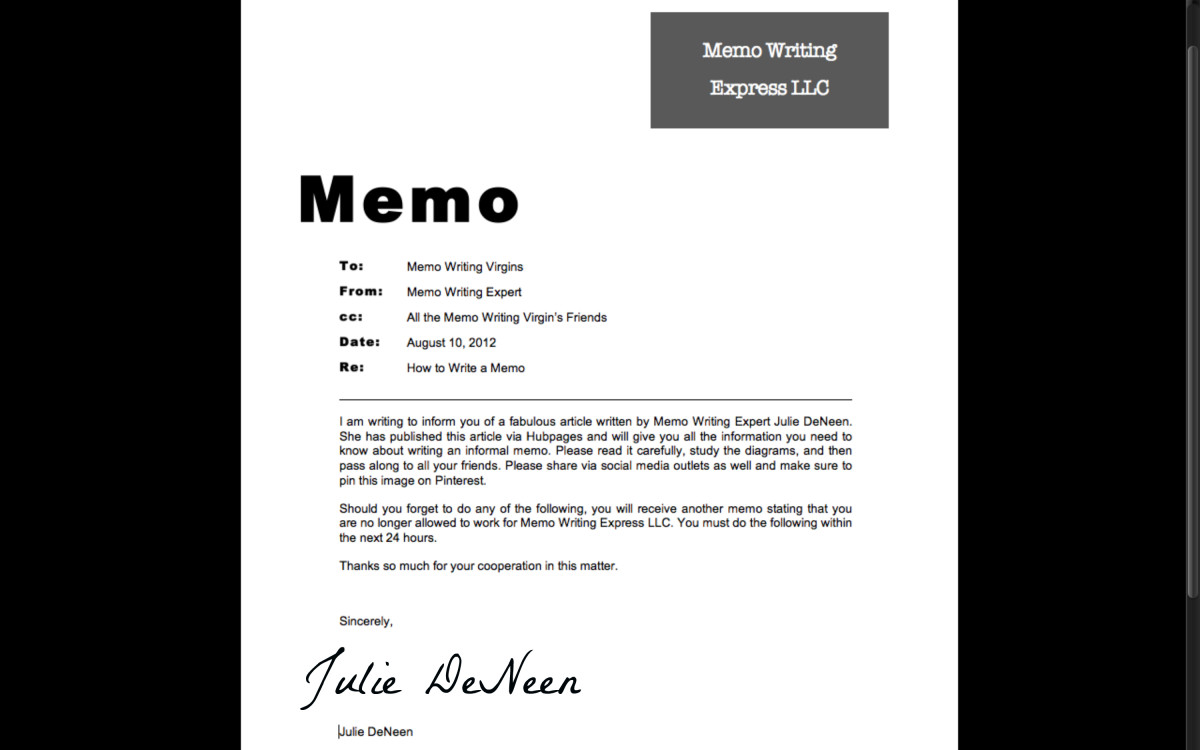Writing - Introductions and Drawing in Readers
Writing
Writers all share one goal in common. That goal is to get an audience to read their work. If getting people to read your writing is not your goal, then that is another problem entirely. Anyways, most writers know that finding an audience to read your work can be a very difficult task. As an English student about to enter graduate school, and as a prospective writer, I have spent a great deal of time experimenting with different styles of writing, as well as different ways of getting readers interested in my writing, and keeping them interested throughout the entire piece. Once I finally figured out how to interest a reader, it was keeping them interested that proved to be just as difficult as drawing an interest in the first place.
In my time experimenting and researching, there are several things I have learned that have greatly helped me in my writing endeavors, both in an educational environment and in my personal writing. Before I share my findings, let me say a few things. I am going to tell you what I learned during my research and experimentation. This is not the answer to all, and it should not be taken as thus. I am not a professional writer, so take this information for what it is worth: information, advice, and suggestions. Hopefully this information will help you, just as it has helped me.

The Introduction
When writing, most people will talk about the importance of an introduction, or “the hook.” More or less, what is there in an introduction or an opening chapter that will hook the reader and draw them in to want to continue reading? For me, getting readers to want to continue reading this is the most important aspect of an introduction.
In my experience, the introduction, along with the conclusion, is the most important piece of a work. It took me quite some time to figure out what will keep readers hooked. Whether I am writing papers for school or writing a story, I find that you want to leave readers asking questions. I know, it sounds simple. Believe me it wasn't. When I first came across this concept of leaving readers asking questions, I wasn't getting readers to ask the right questions. That’s the trick. You want to get the reader to fall on questions that they want to know the answers to, and questions that will want them to read more. You don’t want to leave the reader asking questions, but not really caring about the answers. You want them to continue to read on in order to get those answers.
When writing stories, this is what I use my introductory chapter(s) for. No matter what genre, you want to leave the readers wanting more. You want to shock them immediately. For example, your first paragraph jumps right into the action of the story. If I saw this, the first thing I would want to know is: Why is this happening right now? Before you give an answer for the first question you made your reader ask, hit the audience with characters. You've now elicited more questions: Who is this person? Should I care? What are they doing? What is their place here? In my experience, this has worked best to capture readers. They continue onto the next chapters or the next pages because they want to know what is happening and why it is happening.

Know Your Audience
I learned very quickly that you have to write something that readers will want to pursue. To explain, readers may not be hooked by the same things you are. I am in no way saying to compromise your writing style or story. What I am saying is that sometimes it is necessary to tweak some things in order to appeal to a wider audience. To sum this up in one sentence: It is important to know your audience. Especially is something as subjective as writing, you need to know who you are writing for. You need to write for that specific group you are targeting. If you are aiming to appeal to a young adult audience, you have to relate to that group. If you are writing a mystery novel, then there must be a certain air of mystery that appeals to that audience. The same goes for other genres.
What do you write?
Deliver A Message
Why are you writing? Most people who are writing novels, short stories, or poetry are not writing for the sake of writing. There is a message and a story. Make sure you tell that story. Most readers do not want to read a book that has no message. Think about it. How upset would you be if you read an entire novel, go to the end, and found out that there was no point to the book? Speaking for myself, I would be pretty upset. So, as I said, deliver your message. Follow through on what you want to say. When a reader is done with your writing, you want them to feel closure. You want them to know exactly what you were trying to say when you set out to write.
Tell Your Story
This goes along with deliver a message, but I'll sneak this in here anyways. You want to tell your story. Tell the story you originally set out to tell. As I mentioned, you may have to make style or organization compromises, but your story is your story. Nothing should change that. If it is your story, no one else can tell it. That being said, you have to make sure it is memorable. Write with conviction. If you believe in what you are writing, the rest will come (eventually). No matter what you do over the course of a paper or story, do not forget what you set out to accomplish. Do not lose sight of your end goal.

Conclusion
If you are writing a paper, the conclusion is where you want to wrap up any loose ends and restate your thesis and argument(s). If you are writing a story, you will also want to wrap up any loose ends, such as answering those last questions for the audience. If you are leaving room for a sequel, or if you are not but want to keep the audience wondering, or leave the ending ambiguous, this is where you blindside the reader. Leave a loose end. Make them ask more questions. Remember, the conclusion is the last thing a person reads. You want it to be memorable. It should be concise, but it should also remind a person why they just read what they did, and why it mattered. A conclusion is just that; it should conclude your ideas.
Summary
- Introduction/Hook
- Know your audience
- Deliver a message
- Conclusion/Answer questions/wrap up loose ends
Good Luck
As I mentioned in the beginning, these suggestions should not be taken as Gospel, because they are merely suggestions and advice from my own experiences. That being said, if you are having trouble writing, or hooking an audience, give this a try. If you come away from having read this with nothing else, remember the importance of leaving a reader asking questions and asking for more.
No matter what you do, never stop experimenting with your writing. Never stop pushing yourself to be a better writer. And finally, good luck with your next writing project.
© 2014 Jay Connors








